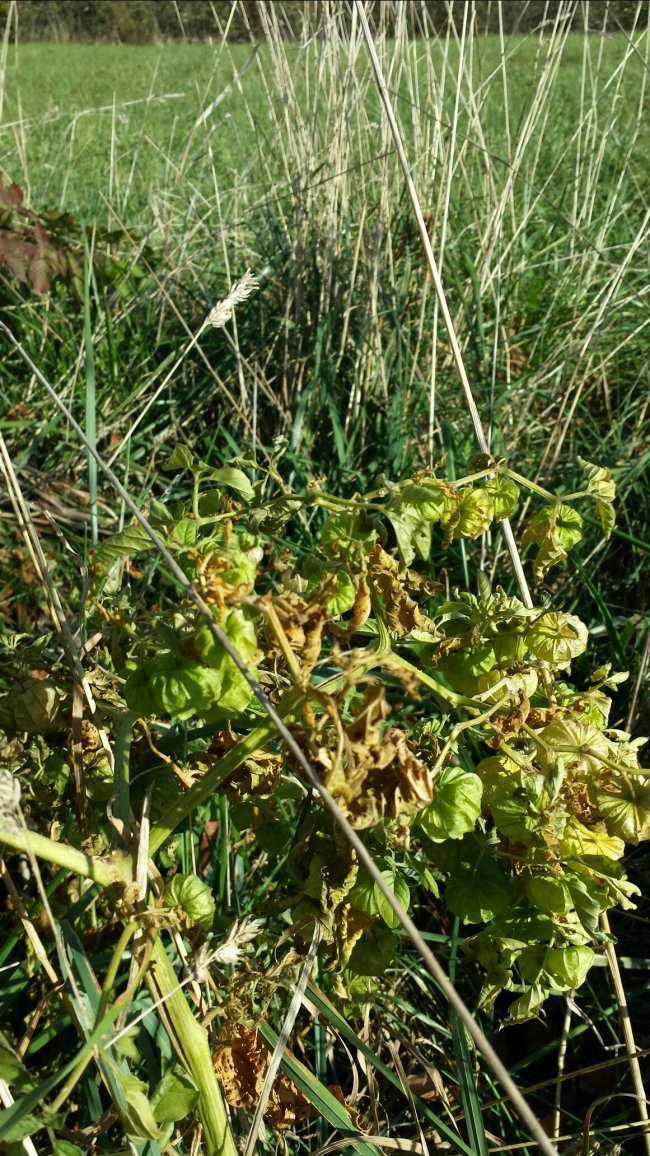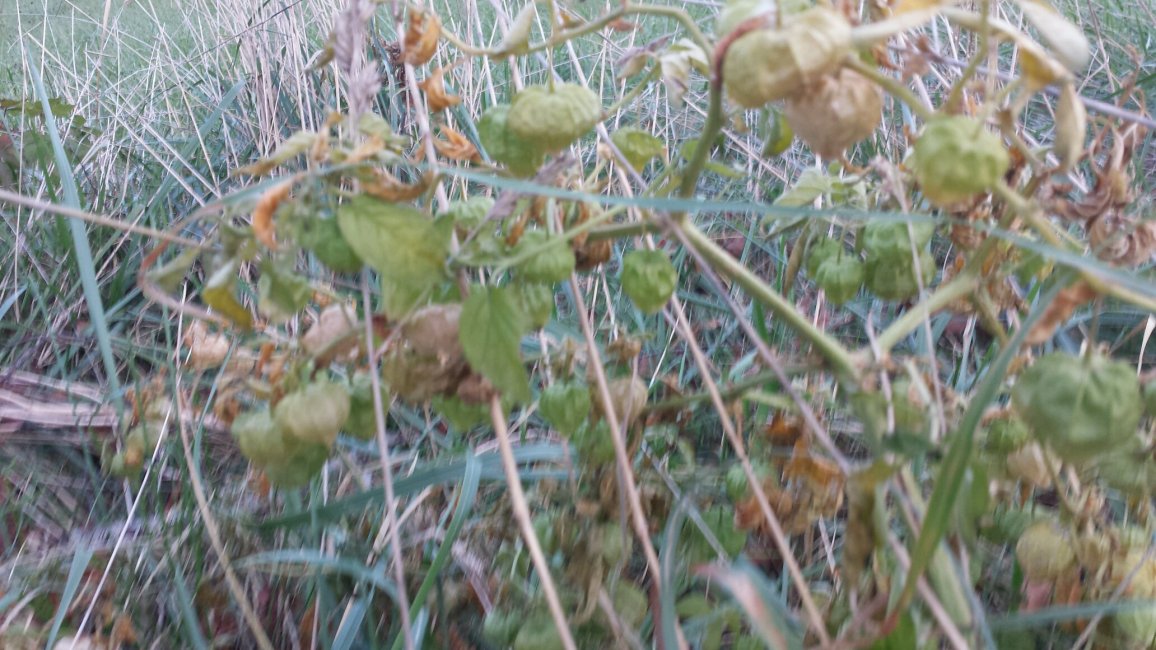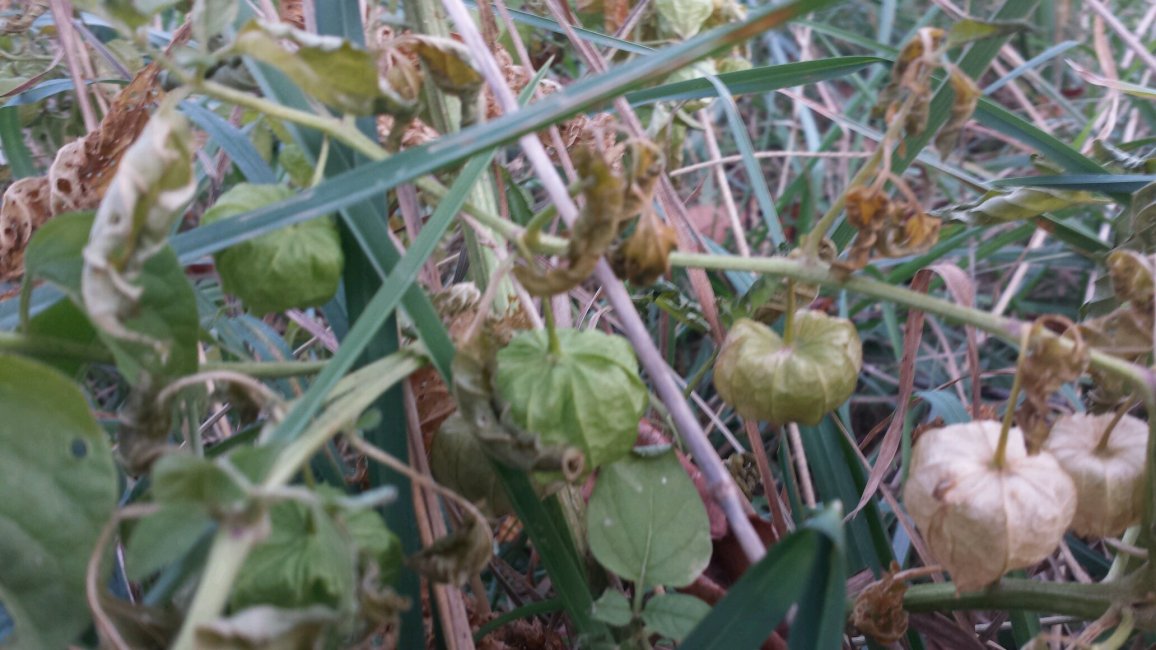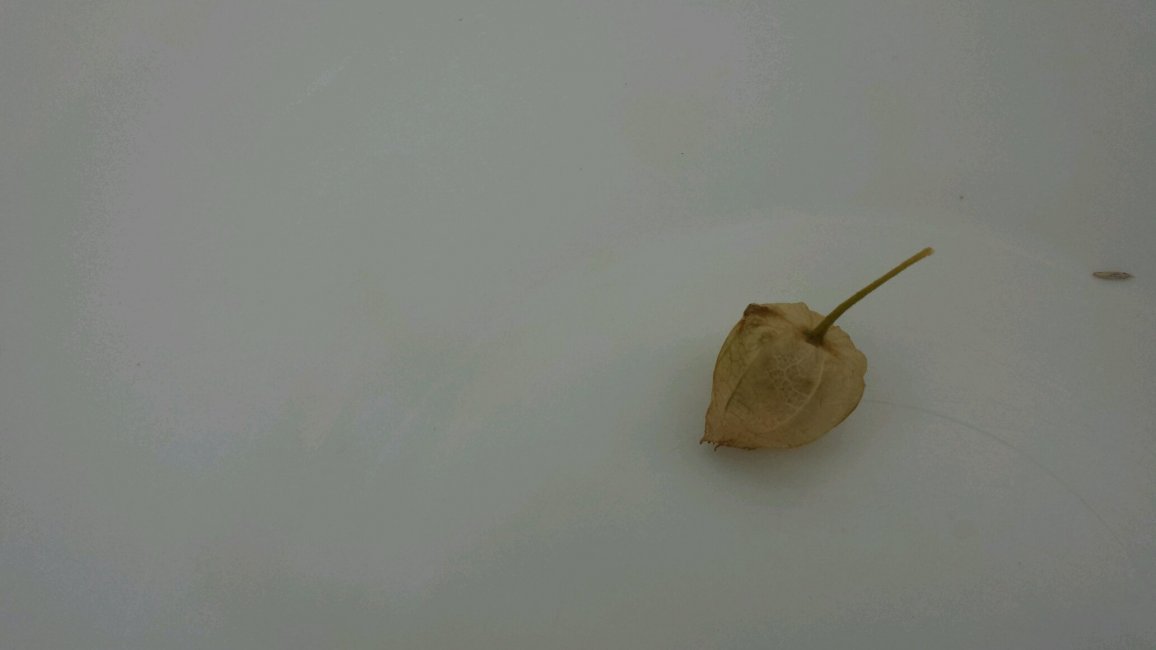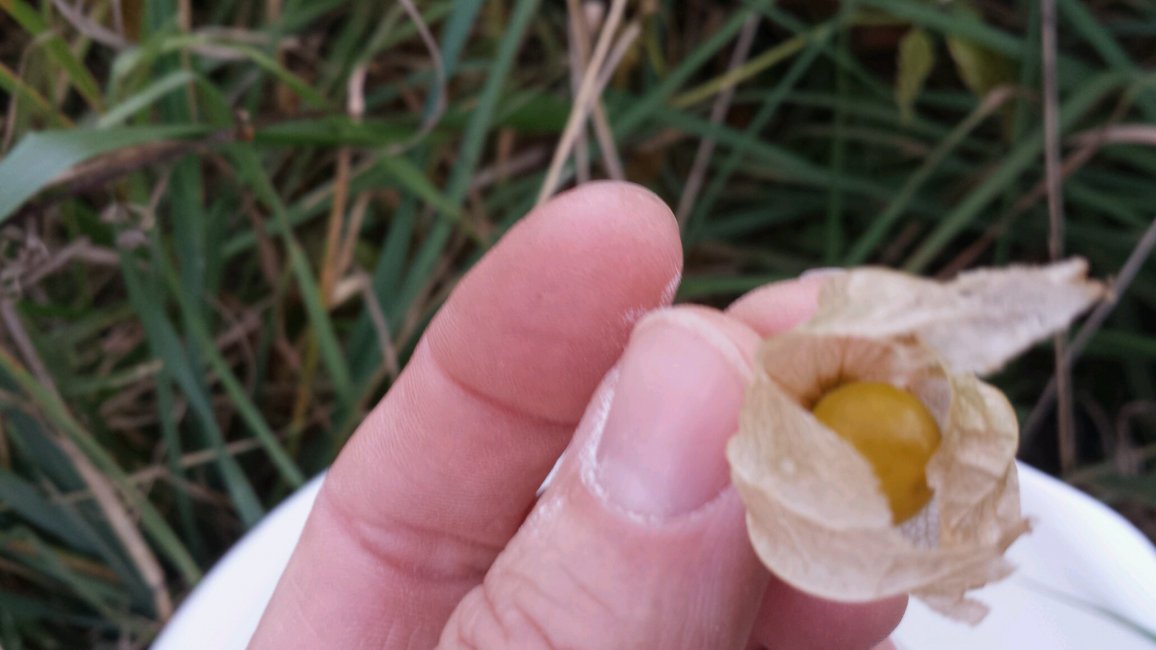Feed the nettles to a ruminant beast of some sort. Then devour the beast. Using your digestive tract to convert nettles to energy sounds inefficient to me...
Do hogs eat nettles?
Look for stuff with higher nutritional value if you're scavenging for a meal. You will burn calories while hunting for stuff to eat, make sure what you are collecting is worth the effort.
I think it depends if you are looking for calories or overall nutrition. Some analysis of wild edibles compared to food we buy at the store makes me rethink what we are eating. One of the reasons i do some foraging is to add variety and micronutrients to our diet. A lot of the grocery store produce comes repeatedly from the same soil. Although fertilizer and water is added to the soil, it is likely getting depleted of other nutrients. The produce keeps getting larger and has more carbohydrates and calories, but some of it is declining in vitamins.
For example, it is a bit of an irony that we want large, sweet, seedless grapes but then some people pay big $$ for grapeseed oil to regain some of the nutrients they don't have.
As far as digestibility of nettles, I suspect like most greens they are far more digestible when small. They have a lot of protein (compared to most plants) and more vitamins than greens we typically eat (like spinach).
Here is a recipe I have never tried but sounds interesting: Nesto (like Pesto). We can still find some immature nettles even now, that came up in bottomland that was mowed in later summer.
http://keirstenskitchen.com/?s=nettles




 ).
).